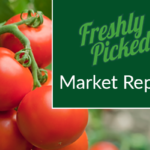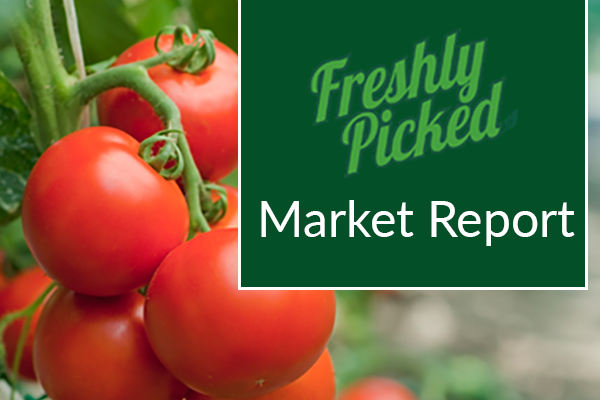Alerts & What’s Trending
- 10 Restaurant Supply Chain Strategies
- Fresh Solutions – A Recipe for Success
- Data Management for Multiple Locations
- Buyers Edge Platform Completes a $1.1 Billion Recapitalization to Accelerate the Next Phase of Growth
- How Do Restaurants Make a Comeback?
Produce

Adverse weather conditions in Florida, Mexico, and California have had a notable effect on different produce, leading to reduced harvests and ultimately causing an increase in market prices. The recent rainfall during March has impacted the supply levels, leading to high market activity. Despite expanding into new acreage that is not fully operational yet, we anticipate ongoing supply shortages in the weeks ahead. Additionally, the Salinas Valley is still facing below-average temperatures. Reaching into these fields will likely cause supply issues towards the end of the season. We will continue to see some increases in mildew and anthracnose, which will continue to hold back yields and weights.
Grains
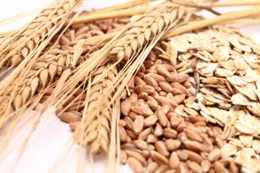
Soybean oil futures were turbulent last week, but they finished slightly over 1% higher. Pressure from palm oil helped bring the market higher, while potential taxes on used cooking oil could increase demand for soybean oil. Canola oil moved alongside soy. Palm was higher. Supply has increased, but demand has decreased.
Dairy

Markets for shell eggs are all flat. Block and barrel sales are steadily rising. Butter is still up. The EU market remains stable, with milk production underperforming and cheese absorbing more of the milk. The retail and food service sectors consistently seek butter from domestic producers. But there’s more demand for tons of unsalted butter.
Beef
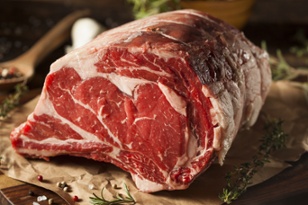
Packers keep mentioning cutting back on harvest, while buyers “pump the brakes” and try to make sense of the direction of the market. As the week goes on, tenders, strips, and ribs are leveled. Strips and top butts are still the market’s shining stars and are reliable performers. Chucks, insides, and end cuts are all flat. Demand for grinds keeps getting better.
Pork
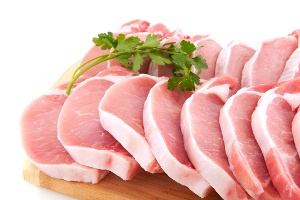
Next week, B/I in butts will increase, but boneless butts will slightly decline. As grilling season draws near, spareribs are becoming more popular. With the inclusion of retail advertisements and robust exports, loins are also increasing. Next week, bellies will be rising, and the market will continue to be unstable.
Poultry

Egg hatchability is still a problem for the industry as a whole, and supply shortages, particularly for wings and tenders, persist. There is a great demand for breasts of all sizes and no extra supply. Wings and tenders are still the most difficult to locate offerings. The demand for dark meat is still high. Most whole birds are even.
Seafood
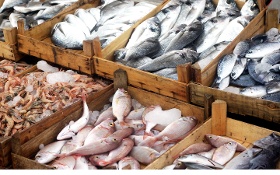
North Atlantic lobster tail production is increasing, while prices are falling. Markets are stable week after week. The seafood industry is preparing for major vacations in the coming summer, and operators are revising summer menus.
